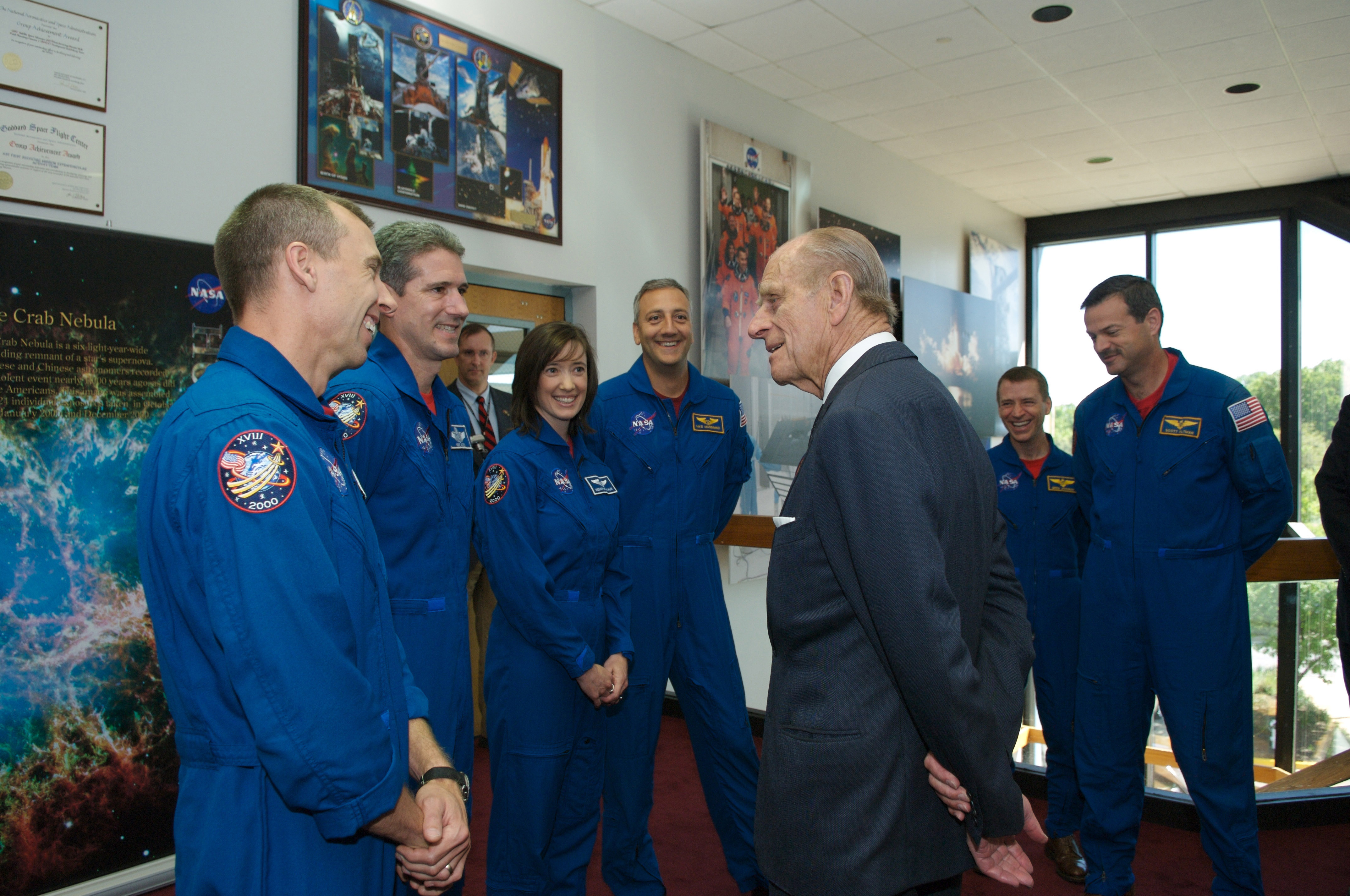|
Hubble Space Telescope
The Hubble Space Telescope (HST or Hubble) is a space telescope that was launched into low Earth orbit in 1990 and remains in operation. It was not the Orbiting Solar Observatory, first space telescope, but it is one of the largest and most versatile, renowned as a vital research tool and as a public relations boon for astronomy. The Hubble Space Telescope is named after astronomer Edwin Hubble and is one of NASA's Great Observatories program, Great Observatories. The Space Telescope Science Institute (STScI) selects Hubble's targets and processes the resulting data, while the Goddard Space Flight Center (GSFC) controls the spacecraft. Hubble features a mirror, and its five main instruments observe in the ultraviolet, visible spectrum, visible, and near-infrared regions of the electromagnetic spectrum. Hubble's orbit outside the distortion of atmosphere of Earth, Earth's atmosphere allows it to capture extremely high-resolution images with substantially lower background lig ... [...More Info...] [...Related Items...] OR: [Wikipedia] [Google] [Baidu] |
STS-125
STS-125, or HST-SM4 (Hubble Space Telescope Servicing Mission 4), was the fifth and final Space Shuttle mission to the Hubble Space Telescope (HST). The launch of the Space Shuttle ''Atlantis'' occurred on May 11, 2009, at 2:01 pm EDT. Landing occurred on May 24 at 11:39 am EDT, with the mission lasting a total of just under 13 days. carried two new instruments to the Hubble Space Telescope, the Cosmic Origins Spectrograph and the Wide Field Camera 3. The mission also replaced a Fine Guidance Sensor (HST), Fine Guidance Sensor, six gyroscopes, and two battery (electricity), battery unit modules to allow the telescope to continue to function at least through 2014. The crew also installed new thermal blanket insulating panels to provide improved thermal protection, and a soft-capture mechanism that would aid in the safe de-orbiting of the telescope by a robotic spacecraft at the end of its operational lifespan. The mission also carried an IMAX camera with which the crew ... [...More Info...] [...Related Items...] OR: [Wikipedia] [Google] [Baidu] |
Near Infrared Camera And Multi-Object Spectrometer
The Near Infrared Camera and Multi-Object Spectrometer (NICMOS) is a Measuring instrument, scientific instrument for infrared astronomy, installed on the Hubble Space Telescope (HST), operating from 1997 to 1999, and from 2002 to 2008. Images produced by NICMOS contain data from the near-infrared part of the light spectrum. NICMOS was conceived and designed by the NICMOS Instrument Definition Team centered at Steward Observatory, University of Arizona, USA. NICMOS is an imager and Multi-Object Spectrometer, multi-object spectrometer built by Ball Aerospace & Technologies Corp. that allows the HST to observe infrared light, with wavelengths between 0.8 and 2.4 micrometers, providing imaging and slitless spectrophotometric capabilities. NICMOS contains three near-infrared detectors in three optical channels providing high (~ 0.1 arcsecond) resolution, coronagraphic and polarimetric imaging, and slitless spectroscopy in 11-, 19-, and 52-arcsecond square fields of view. Each optical ch ... [...More Info...] [...Related Items...] OR: [Wikipedia] [Google] [Baidu] |


